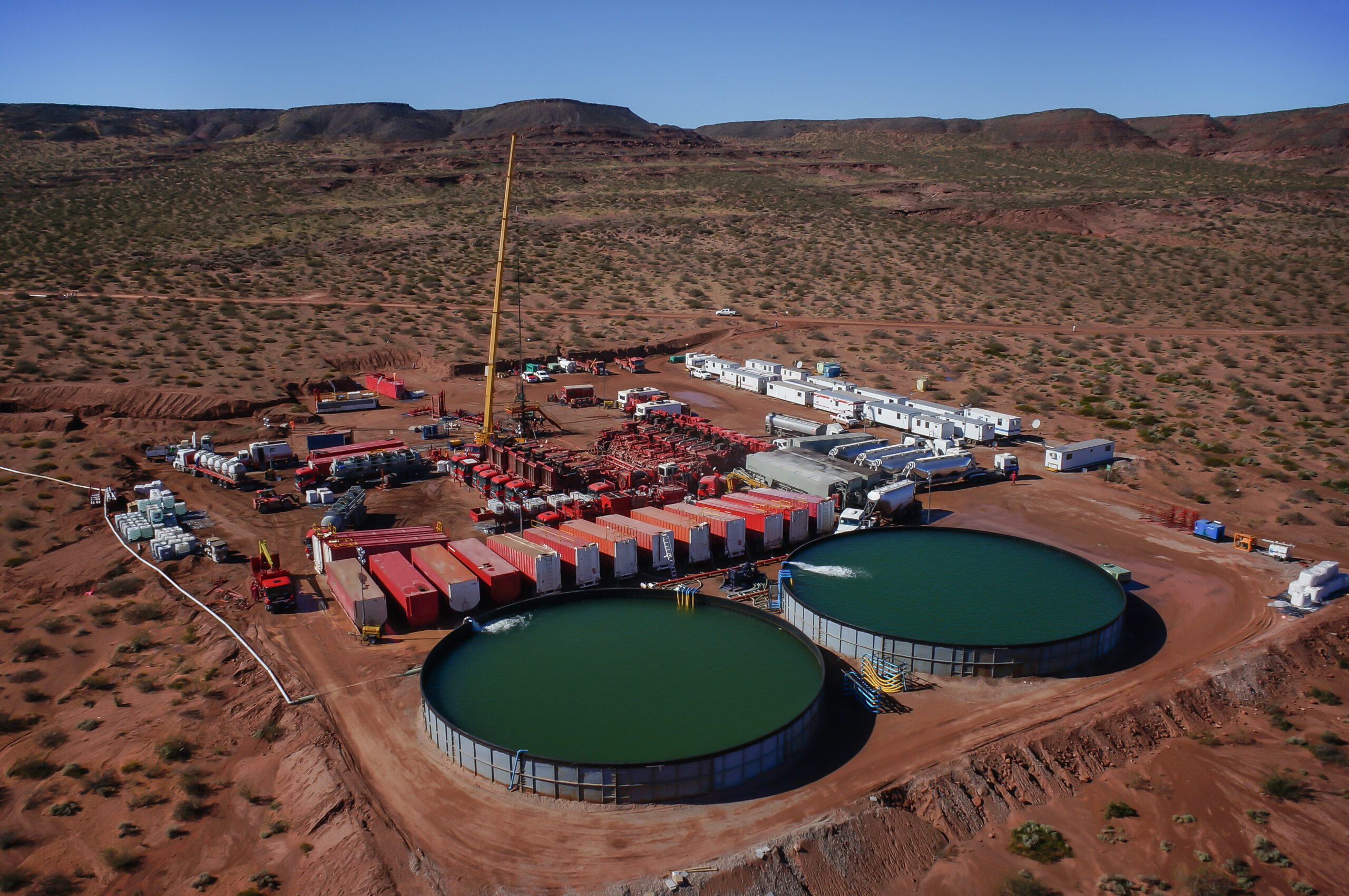Five weeks before the UN Climate Summit in Belém, a new report maps the frontiers and the financiers of fossil fuel expansion across Latin America and the Caribbean. The report is published by Urgewald (Germany), Arayara International Institute (Brazil), FARN (Argentina), Conexiones Climáticas (Mexico), and Amazon Watch (US/Peru/Ecuador). The release is accompanied by an online fossil fuel expansion monitor and a finance dashboard.
The report identifies 190 oil and gas companies from 42 countries that are exploring and developing new hydrocarbon reserves or building new fossil fuel infrastructure in the region. 47% of all new oil and gas resources under development in Latin America and the Caribbean are located in Brazil, the host country of COP 30. Brazil’s petroleum regulator ANP is opening many of the country’s most vulnerable ecological regions – including the Great Amazon Reef System and priority conservation areas in theAmazon – for oil and gas exploitation. Brazil’s Petrobras is the single largest developer of new upstream oil and gas resources, accounting for 29% of the total in Latin America and the Caribbean.
Expansion of Oil and Gas Infrastructure
A flood of new oil and gas infrastructure has been announced across Latin America and the Caribbean. These projects demand massive upfront investment and are built to operate for 30 to 50 years. Once in place, they exert powerful carbon lock-in effects.
In total, more than 8,800 km of new oil and gas pipelines are planned in the region. Among the most controversial is Argentina’s Vaca Muerta Oleoducto Sur (VMOS), which would link the world’s second largest shale reserve in Vaca Muerta to the San Matías Gulf – a stunning marine ecosystem with a thriving tourism industry. The project would transform the Gulf into a major hydrocarbons export hub, with huge crude oil carrier ships constantly moving in and out. In July 2025, a consortium of 16 banks and investors led by JPMorgan, Citi, Deutsche Bank, Itaú, and Santander approved a US $2 billion loan for the project – the largest private infrastructure loan in Argentine history.
19 new LNG export terminals are proposed or under development in Latin America and the Caribbean. If completed, these projects could produce more than 97 million tons of LNG per year, boosting the region’s liquefaction capacity by 470%. Over two-thirds of the new LNG export capacity is planned in Mexico, with the bulk of projects concentrated in the Gulf of California. This pristine marine area is often called the “Aquarium of the World” as 900 fish species and 39% of marine mammal species are found here.
Gas-Fired Power Expansion
In Latin America and the Caribbean, gas-fired power plants often rely on imported fuel, leaving countries vulnerable to volatile global markets and sudden geopolitical shifts. And yet, more than 54,000 MW of new gas-fired power capacity is planned or underway across Latin America and the Caribbean.
Brazil and Mexico account for 65% and 21% of gas-fired power expansion in the region. The top 3 gas power developers are CFE from Mexico, and Eneva and Porto Norte Fluminense from Brazil.
Debt-Driven Fossil Fuel Expansion
Massive infrastructure projects often lead to massive debt, and in some Latin American and Caribbean countries, the need to repay international banks and bondholders is an important driver of fossil fuel expansion.
Peru is a case in point. Block 64, near the border with Ecuador, is one of Peru’s most contested oil blocks. It overlaps more than 7,600 km² of rainforest and the lands of at least 22 Indigenous communities, including the Achuar, Wampís and Chapra. Over the past 30 years, their steadfast resistance has forced 6 oil operators out, bringing extraction to a halt.
To repay loans received from Deutsche Bank, Santander, Bank of America and HSBC for an oversized refinery project, the national oil company Petroperú is now desperate to restart operations in Block 64.
The Financiers Behind Fossil Fuel Expansion in Latin America & the Caribbean
From 2022–2024, 297 banks channeled US $138.5 billion to companies developing new fossil fuel projects in the region. The top financier is the Spanish bank Santander ($9.9bn), followed by JPMorgan Chase ($8.1bn), Citigroup ($7.9bn) and Scotiabank ($7.2bn).
In total, 92% of bank financing for fossil fuel expansion in in the region, comes from outside the region, primarily from Europe, the US, Canada, China and Japan. In the report’s bank ranking, the first Latin American bank, Itaú Unibanco, doesn’t appear until rank 15.
On the investor side, over 6,400 institutional investors hold US $425 billion in shares and bonds of companies developing new fossil fuel projects in Latin America and the Caribbean. 96% of institutional investments in fossil fuel expansion
companies are held outside the region. The top 3 institutional investors are Vanguard ($40.9bn), BlackRock ($35.3bn) and Capital Group ($16.8bn) from the US.
Financing of fossil fuel expansion in Latin America and the Caribbean is very much a foreign affair. Even the region’s state-owned oil and gas companies rely heavily on money from abroad. Petrobras’ top bankers are, for example, MUFG from Japan and Scotiabank from Canada. Pemex has received the most financing from Citi; Colombia’s Ecopetrol from Scotiabank. Argentina’s YPF’s counts Santander as its top financier.
10 years after the Paris Agreement, the world has still failed to bend the emissions curve. The report features in-depth case studies from Argentina, Brazil, Ecuador, Guyana, Mexico, Peru and Suriname.
